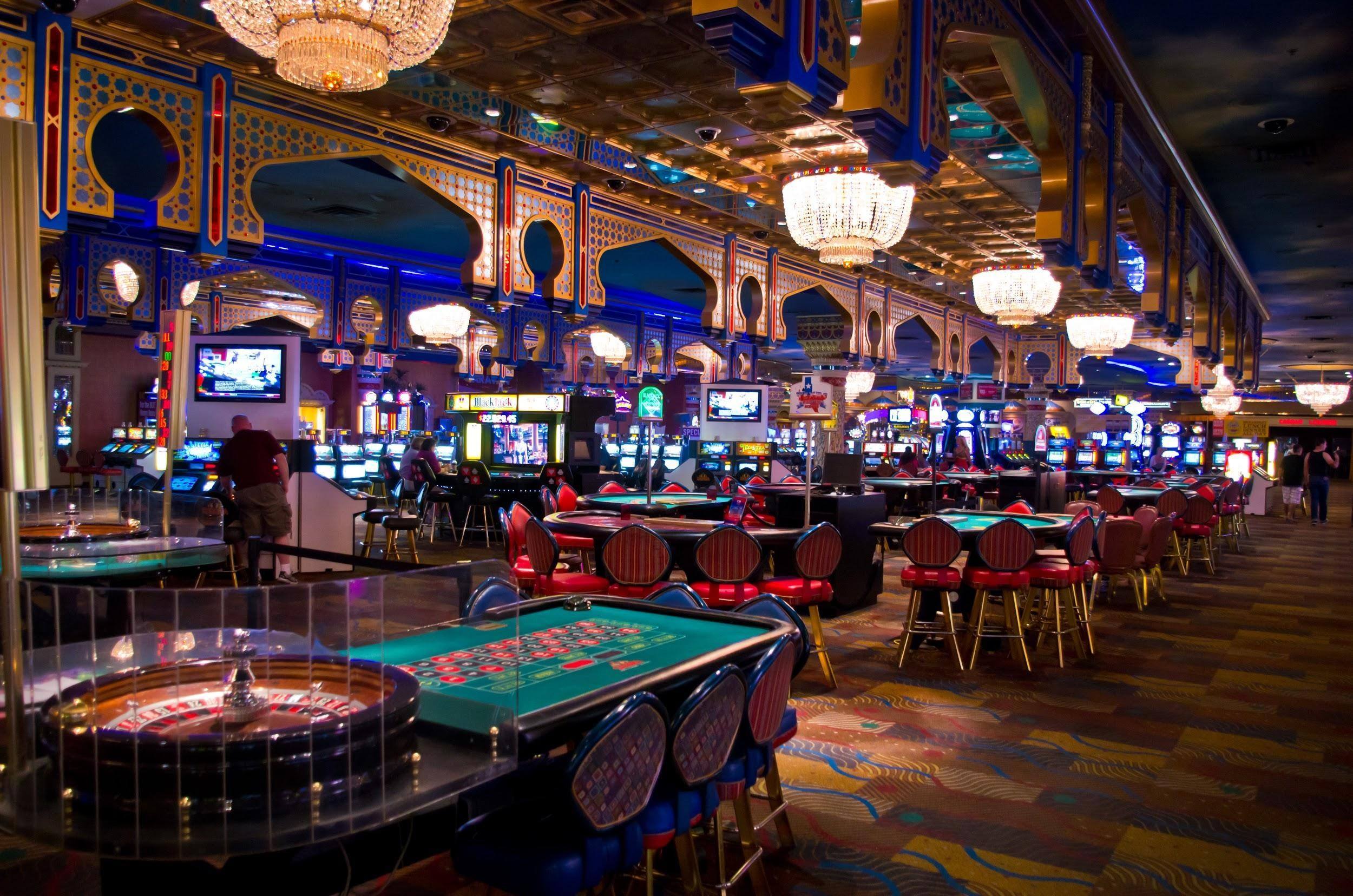
The sphere of gambling entertainment has long enthralled players with its blend of adventure, strategy, and the excitement of luck. As technology advances and the gambling landscape evolves, an exciting approach known as game-based learning has started to transform the way we experience these classic games. By incorporating gaming elements such as competition, prizes, and progress tracking, gamification improves player involvement and transforms the classic casino environment into a much dynamic and inviting environment.
This approach in casino entertainment not only appeals to experienced players but also attracts a new generation of players who crave a much involved experience. Featuring features that promote participation and foster community among participants, the game-based features infuse new life into beloved classics like poker, 21, and fruit machines. As we delve deeper into this phenomenon, we will investigate how this trend is transforming the casino atmosphere, making it more inclusive, enjoyable, and beneficial for all involved.
Grasping Game Mechanics
Gamification is the implementation of game-like aspects in real-world environments to boost player involvement and interaction. In the realm of gambling, this concept has gathered considerable traction, transforming classic gaming into a more dynamic and fulfilling experience. By incorporating components such as points, levels, and prizes, casinos can create an ecosystem that motivates players to participate more frequently and for longer times.
At the core of this concept is the want to tap into the internal drives of players. Casino games that utilize gamification techniques are shaped to not only entertain but also to promote rivalry and achievement. Players are often compelled to the immediate responses and progress tracking that these elements provide. no verification casino This not only keeps them engaged but also nurtures a notion of accomplishment as they attain milestones and reveal new elements.
Furthermore, gamification can enhance social interaction among players, creating a social atmosphere that enhances the enjoyment of casino games. Elements such as leaderboards, group contests, and collaborative tasks allow players to engage with fellow players, share experiences, and compete in a friendly manner. This community element adds another facet to the experience, rendering it even more captivating and enjoyable for participants.
Influence on User Involvement
Game design strategies in casino games have significantly altered the way players connect with their beloved activities. By adding elements such as rewards, leaderboards, and trophies, casino operators create an setting that promotes a more profound bond between users and the experiences they prefer. This enhanced engagement contributes to longer gaming time and boosted player commitment, as users work to reach new milestones or obtain unique rewards.
Furthermore, the social component of game-based casino games cannot be ignored. Several venues allow players to compete against peers or other gamers, which adds a dimension of excitement and friendship. This competition drives engagement by tapping into gamers’ drive to compete, encouraging them to revisit for more in order to improve their standings or showcase their accomplishments. As a result, the social interactions foster a sense of community that encourages gamers to play again.
Furthermore, the immediate responses and recognition provided by game elements serve to encourage players. It may be a alert of a recent accomplishment or the thrill of earning a bonus, these quick recognitions play a crucial role in maintaining interest. By regularly offering users for their participation, casino games become not only a pastime; they transform into an immersive engagement that captivates users and enhances their overall enjoyment.
Trends in Casino Game Design
The landscape of casino game design is constantly evolving, driven by tech innovations and shifting player preferences. One notable trend is the integration of immersive technologies, such as virtual reality and augmented reality, to enhance the gaming experience. These technologies create a more engaging environment, allowing players to perceive as though they are in a physical casino, which can lead to prolonged play sessions and increased player satisfaction.
Another trend is the inclusion of storytelling elements into casino games. Game designers are concentrating on storytelling to create a stronger connection between the player and the game. This story-centric approach not only makes the games more enjoyable but also motivates players to engage emotionally, which can enhance their overall experience. By combining traditional gaming mechanics with captivating stories, developers are drawing in a broader audience who may not have previously engaged with casino games.
Lastly, the growth of multiplayer features is reshaping how players interact with casino games. Many games now feature social elements, such as sharing achievements or competing with friends, to promote social interaction and engagement. This trend reflects a move towards a more interactive experience, where players can connect with others, sharing their excitement and struggles. As casinos adapt to these social dynamics, the experience of gaming becomes not just about solo play, but also about building connections among players.

